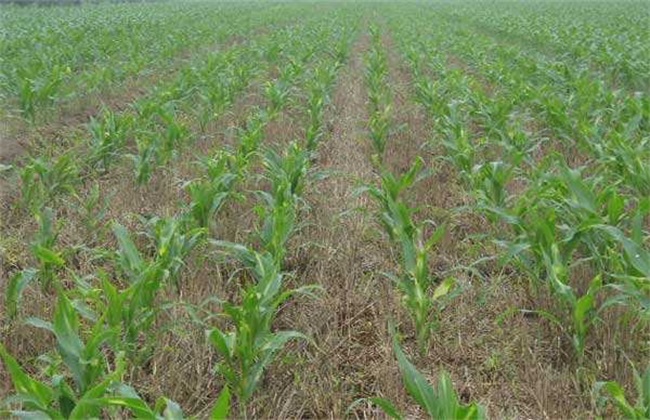Commonly used foliar fertilizers
Fertilization is an essential part of crop cultivation. Fertilization methods are divided into soil topdressing and root topdressing, root topdressing is mainly based on foliar fertilizer. Foliar fertilizer is faster than root topdressing, and it is also a key measure to supplement trace elements for plants. So what are the types of foliar fertilizers we commonly use in our lives? Let's take a look at it together with Xiaobian below!

1, a large number of elements
First of all, it must include a large number of elements such as nitrogen, phosphorus and potassium, which are the most common when we apply fertilizer. Because the leaves of plants, like roots, can absorb nutrients. Therefore, we can also supplement a large number of elements such as nitrogen, phosphorus and potassium for plants by spraying foliar fertilizers. The main components of foliar nitrogen fertilizer are urea and ammonium nitrate. For phosphorus fertilizer, potassium dihydrogen phosphate is the main fertilizer, and potassium nitrate is the most suitable foliar fertilizer. Nitrogen, phosphorus and potassium fertilizers generally used in soil fertilizers are not suitable for foliar fertilizers.
2. Trace elements
A large part of the reason for applying foliar fertilizer is to supplement trace elements to plants. And there are calcium and magnesium and other medium elements, when spraying trace element foliar fertilizer. The type and dosage of trace elements should be controlled according to the soil environment and planting crops, not as much as possible, if there are too many trace elements, then the plants are vulnerable to poisoning. Therefore, we must pay more attention to, some plants in the lack of trace elements, there will be different for the deficiency, so if there is a deficiency, then we should according to the specific situation in time to supplement the gambling win trace elements.
3. Chelators, growth regulators
When foliar fertilizer is applied, appropriate chelators can also be added to foliar fertilizer. Chelators can enhance the efficiency of foliar fertilizer and stabilize the nutrients in foliar fertilizer. Common chelators are humic acid, amino acids and so on. In addition to this frog, growth regulators can also be said to be a kind of foliar fertilizer, but also a kind of foliar fertilizer used more. Among them, auxin, chlormequat and cytokinin are more familiar. In addition, vitamin B1 and vitamin B2 are occasionally used as an additive.
4. Surfactants
In addition to the above three kinds, there is also a surfactant that can be regarded as a foliar fertilizer. Adding proper amount of surfactant into foliar fertilizer can improve the adhesion ability of foliar fertilizer, improve the absorption conversion rate of foliar fertilizer and improve the fertilizer efficiency of foliar fertilizer. Surfactants are now commonly used alkylbenzene sulfonic acid ammonia and so on. These four kinds are commonly used foliar fertilizer types, and now there are many kinds of foliar fertilizer on the market, so we should not blindly use, should be used after professional study or guidance, we must pay more attention.
The above is a simple introduction to the commonly used foliar fertilizer types. Today's introduction is here, this article is for reference only, if you want to know more related information, please continue to pay attention to us!
Related
- Fuxing push coffee new agricultural production and marketing class: lack of small-scale processing plants
- Jujube rice field leisure farm deep ploughing Yilan for five years to create a space for organic food and play
- Nongyu Farm-A trial of organic papaya for brave women with advanced technology
- Four points for attention in the prevention and control of diseases and insect pests of edible fungi
- How to add nutrient solution to Edible Fungi
- Is there any good way to control edible fungus mites?
- Open Inoculation Technology of Edible Fungi
- Is there any clever way to use fertilizer for edible fungus in winter?
- What agents are used to kill the pathogens of edible fungi in the mushroom shed?
- Rapid drying of Edible Fungi



